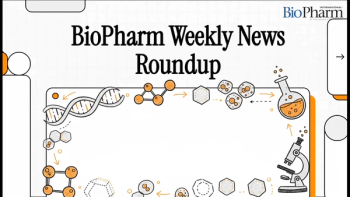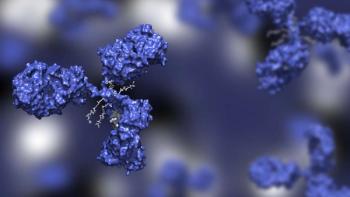
COVID-19 Vaccine Makers Overcome Challenges to Ramp Up Production
To prevent future production delays of critical products, the Biden administration is examining supply chain vulnerabilities for pharmaceutical ingredients as part of a longer-range consideration of products important to public health.
Despite shortages in critical components and experienced staff, vaccine manufacturers anticipate significant boosts in output in the coming weeks for these innovative products. The companies with the first Emergency Use Authorizations (EUAs) for vaccines to combat the pandemic produced only 63.7 million doses as of Jan. 31, 2021, far less than the initial goal of 300 million doses, raising skepticism of even meeting the 200 million-dose goal for the end of March 2021. But in recent weeks, the prospects for greater vaccine output have brightened, and the entry of Johnson & Johnson into the market should help. To prevent future production delays of critical products, the Biden administration is examining supply chain vulnerabilities for pharmaceutical ingredients as part of a longer-range consideration of products important to public health.
Efforts to expand production of vaccines to combat COVID-19 have had to overcome a wide range of shortages in materials, qualified facilities, and experienced workers such as engineers and quality control managers. A particular problem is scarce supplies of the ionized lipid nanoparticles needed for the Pfizer-BioNTech and Moderna mRNA vaccines. Only a handful of companies previously produced very small amounts of lipids, most for clinical trials involving rare disease treatments. More contract manufacturers now are licensing the lipid technology, but production scale-up has been a slow process. In addition, finish/fill operations have emerged as serious bottlenecks due to shortages affecting key components for new and revised operating lines plus requirements for high levels of sterility.
At a
Johnson & Johnson now expects to provide 100 million doses of its single-dose adenovirus vaccine by the end of June 2021, starting with 20 million doses by late March, following FDA granting Emergency Use Authorization (EUA) for the product. Janssen Vice President Richard Nettles described for the House committee how the company had to assess nearly 100 potential production sites to find eight able to support its accelerated development timeline. Drug substance production takes about two months and is being done at Emergent BioSolutions in Maryland and at Janssen’s Netherlands plant and another facility in India, Nettles explained. And another five to six weeks are needed to produce, test and release the drug product, which is occurring at U. sites in Indiana, Michigan, and Pennsylvania, plus operations in Spain, Italy, India, and Africa.
Pfizer-BioNTech now projects 2021 global production to reach 2 billion doses, almost double early estimates. Some of that increase is due to FDA approval for extracting six doses per vial, as opposed to five doses originally approved. Pfizer CEO Albert Bourla provided further details on company production scale-up in conjunction with
In addition, Pfizer’s vaccine will be easier to ship and store with FDA approval of higher temperatures – that is sub-zero (-15 to -25 oC), as opposed to the ultra-cold level initially authorized. That change is based on stability studies conducted over the past nine months and should facilitate distribution to pharmacies and smaller health facilities.
Moderna’s production gains arise from added efficiencies in creating batches of the drug substance at its facility in Norwood, MA and at the Portsmouth, NH plant operated by contract manufacturing partner, Lonza, Ltd. Moderna also is expanding its fill/finish process agreement with Catalent and looking to contract with another partner. And the company expects to speed up manufacturing runs with FDA approval of providing 15 doses per vial, filling up the empty space in vials that currently hold 10 doses.
Supply chain vulnerabilities
The difficulties for manufacturers in securing critical ingredients for vaccine production, packaging, and delivery has prompted the Biden administration to assess the situation as part of a larger review of shortages related to components of critical industrial products. In an Executive Order issued Feb. 24, 2021,
To reduce such problems in the future, the White House plans to examine more broadly US supply chain issues related to products important for public health and biological preparedness, as well as for national defense, communications technology, food production, and the industrial base for energy, transportation, and communications sectors. Federal agencies will review goods and materials vulnerable to supply chain disruptions, locations of key manufacturing and production assets, the availability of alternative sources for critical goods, and issues arising from a failure to develop needed domestic capabilities. This initial review of supply chain vulnerabilities leaves off the more strident “Buy American” rhetoric of the Trump administration, but it opens the door to further initiatives to support more “on-shoring” of biopharmaceutical production.
Newsletter
Stay at the forefront of biopharmaceutical innovation—subscribe to BioPharm International for expert insights on drug development, manufacturing, compliance, and more.





